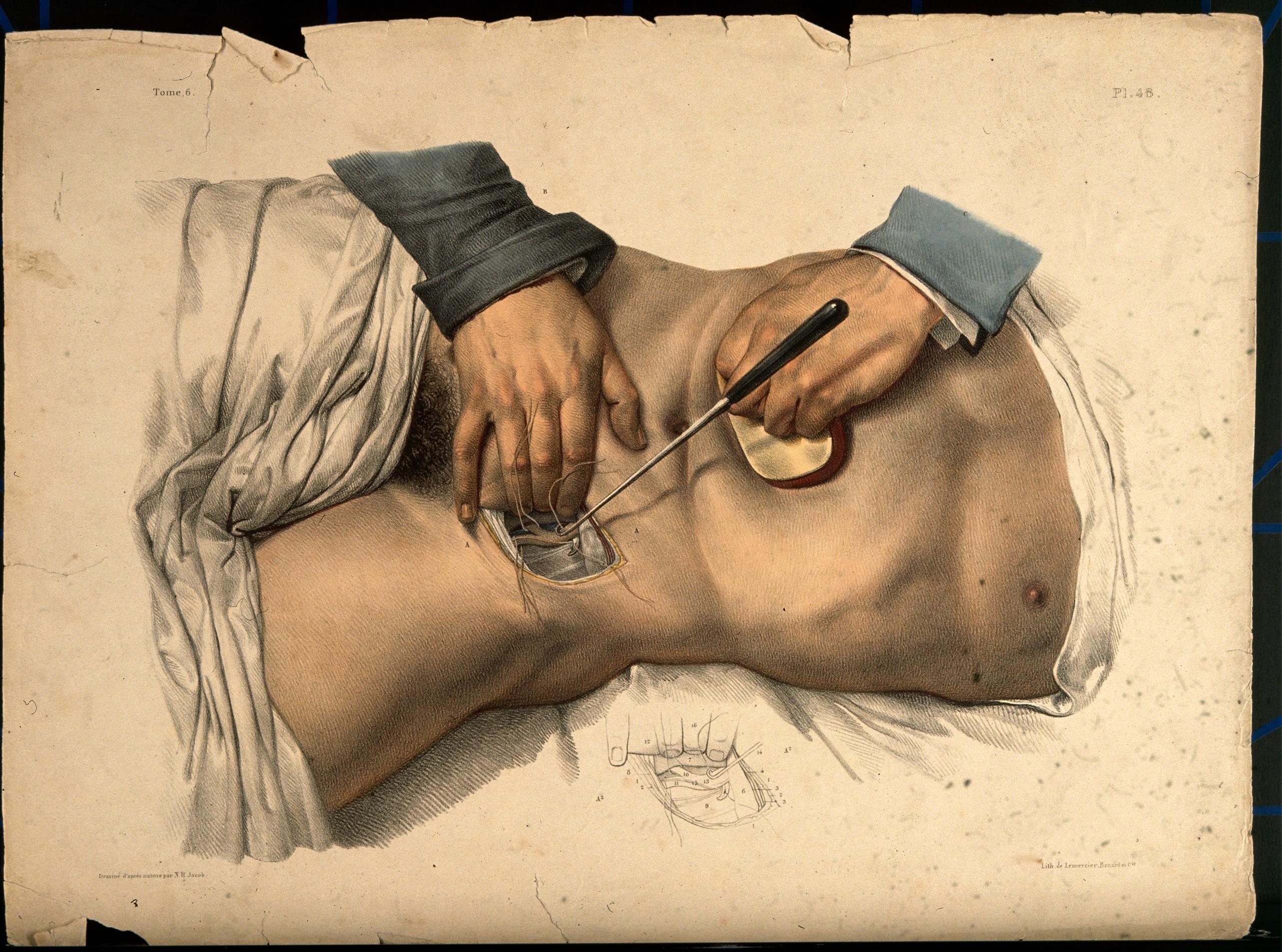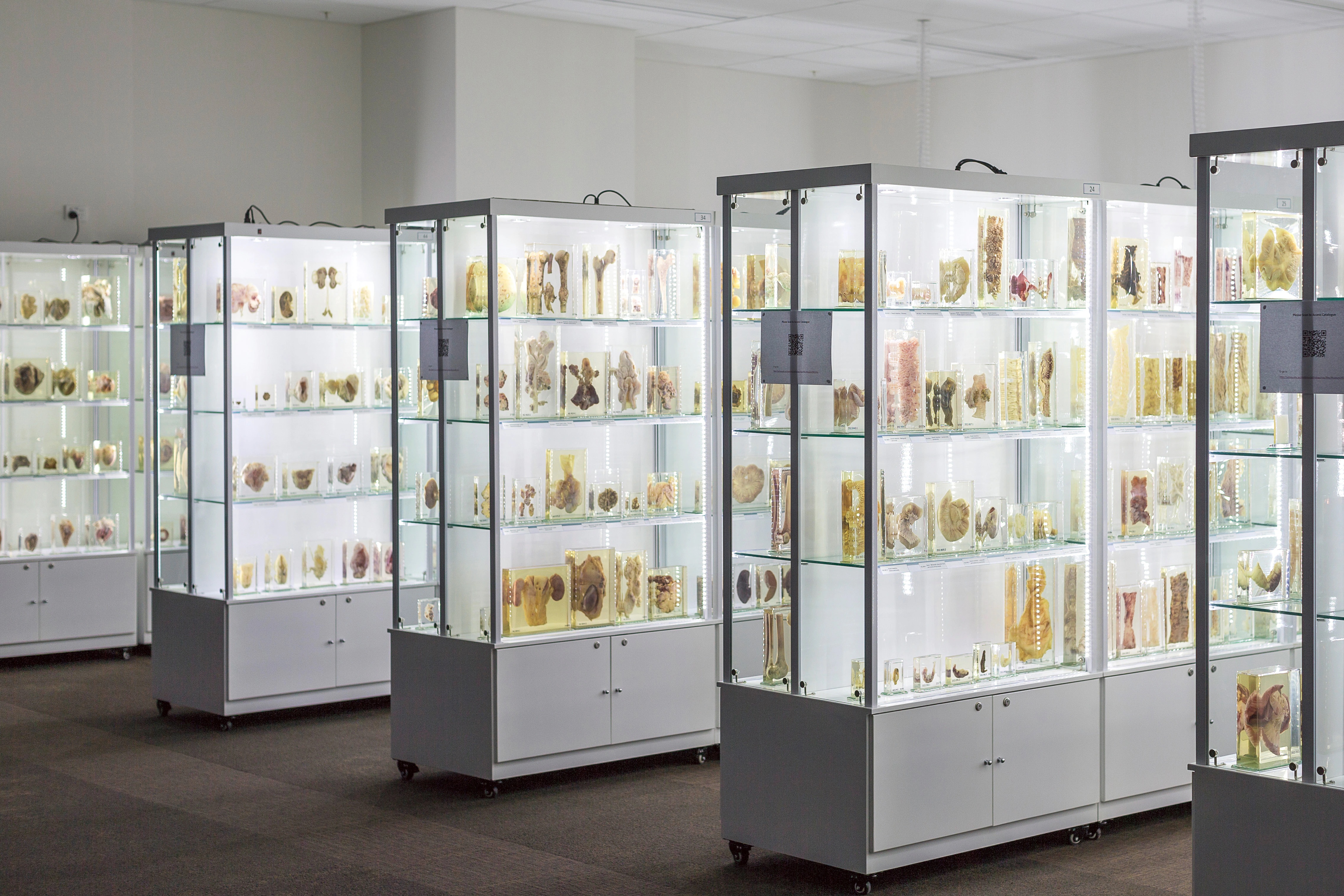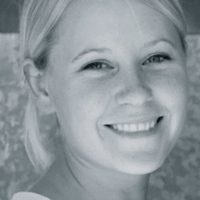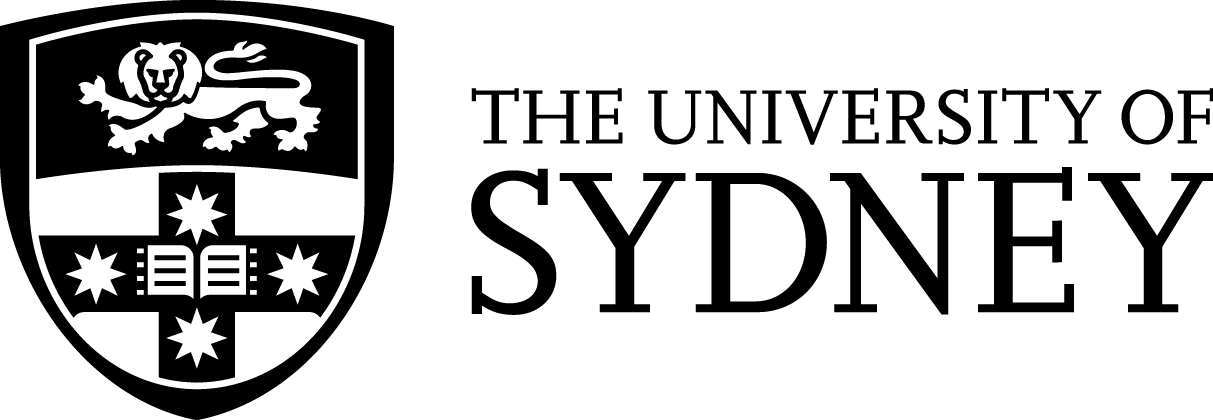Making the Modern Body: Art, Health, and the Human Form

A workshop on the relationship between art and health, and the representation of the modern body, led by scholar Emily Brink.
N.H. Jacob, An operation being performed on the lower abdomen of a male patient, 1831-1854.
This workshop considers the relationship between art and health, with an emphasis on the representation of the modern body. Focusing on theoretical interpretations of the human form in the post-Enlightenment era, this discussion will explore how novel visual and material practices informed bodily knowledge and human health. What elisions and augmentations occur with modern simulations of the body? How do the visual practices of medicine affect other representations of the body in this moment, such as portraiture? In contemplating the construction of the body in the modern period, this workshop is particularly interested in the medical gaze and the materiality of body simulation. Though this discussion is informed by art historical discourse, the convenor welcomes perspectives from a variety of disciplines.
This workshop includes a morning presentation and discussion, followed by collection tours at the University of Sydney's JT Wilson Museum and the Ainsworth Interaction Collection of Medical Pathology.
Suggested readings
Georges Canguilhem, “Disease, Cure, Health,” The Normal and the Pathological, trans. Carolyn R. Fawcett, (New York: Zone Books, 1991), pp. 181-201 + notes.
Anna Maerker, “Papier-Mâché Anatomical Models: The Making of Reform and Empire in Nineteenth-Century France and Beyond,” in Working with Paper: Gendered Practices in the History of Knowledge, ed. Carla Bittel, Elaine Leong, and Christine von Oertzen (Pittsburgh: University of Pittsburgh Press, 2019), pp. 177-192.
Beatriz Pichel, “Reading Photography in French Nineteenth- Century Journals,” Media History, (Vol. 25, No. 1, 2019), pp. 51-69.


The Ainsworth Interactive Collection of Medical Pathology

People

Emily Brink
Emily Eastgate Brink received her PhD from Stanford University and is currently an Associate Professor in the History of Art at UWA. Prior to joining the School of Design at UWA, Emily worked as a Visiting Fellow with the Center for Japanese Studies at the University of Michigan, a Mellon Fellow with the Stanford Humanities Center, and as Georges Lurcy Fellow with the Centre de Recherche sur les Civilisations de l’Asie Orientale in Paris. In addition to her teaching and research in the History of Art, Emily previously worked as an English instructor and potter’s apprentice in rural Japan, an experience that continues to inform her interest in material meaning, community, and craft.
